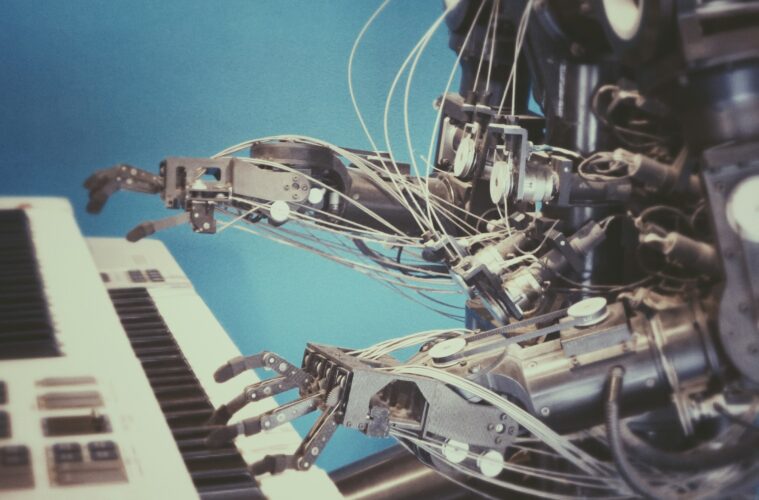Artificial Intelligence (AI) is no longer a concept of the future — it’s the reality of today. From generating text and images to answering questions and automating complex tasks, AI has deeply influenced how we work, study, and communicate. But with its rise, another challenge has emerged: how do we distinguish between human-written and AI-generated content?
That’s where an AI detector becomes essential. As AI continues to evolve, the line between authentic human expression and machine-generated content is becoming increasingly blurred.
What Is an AI Detector?
An AI detector is a tool designed to analyze written text and determine whether it was created by a human or generated by an AI system, like ChatGPT or GPT-4. These detectors use algorithms trained on large datasets to identify patterns typically associated with AI writing — such as repetitive phrasing, overly formal language, or unnatural sentence structures.
For educators, marketers, researchers, and publishers, these tools are quickly becoming a critical line of defense against content misuse.
Why ZeroGPT Stands Out
Among the growing list of AI detection tools, ZeroGPT has emerged as a trusted name. It uses a combination of deep learning models and linguistic analysis to evaluate how likely a piece of content is to have been generated by AI. Its results are fast, intuitive, and backed by robust testing.
ZeroGPT’s user-friendly interface allows anyone — from a teacher checking student essays to a blogger verifying guest posts — to paste text into the tool and receive a clear analysis in seconds.
Why You Should Use an AI Detector
- Academic Honesty: In schools and universities, students increasingly use AI to complete assignments. While AI can support learning, unchecked use can compromise academic integrity. Tools like ZeroGPT help educators maintain fairness by identifying AI-written work.
- Content Originality: Writers and marketers need original content to rank on search engines and engage audiences. Search engines like Google now actively penalize low-quality, AI-generated spam. Using an AI detector helps ensure your content meets quality standards.
- Fact-Checking & Quality Control: AI tools can sometimes generate inaccurate or misleading information. Before publishing, using a detector can help identify if the content was AI-written and may require further human editing.
- Legal & Ethical Compliance: In sectors like journalism, research, and healthcare, it’s vital to ensure content credibility. An AI detector provides a layer of validation and transparency.
Conclusion
The rapid growth of AI tools has made content creation easier — but also riskier. In a world where AI can mimic human writing almost perfectly, the need for trustworthy detection tools is greater than ever.
Using a reliable AI detector like ZeroGPT isn’t just about spotting AI content — it’s about protecting integrity, ensuring quality, and maintaining trust in the digital world. As AI becomes more powerful, tools that help us stay human will become even more essential.


